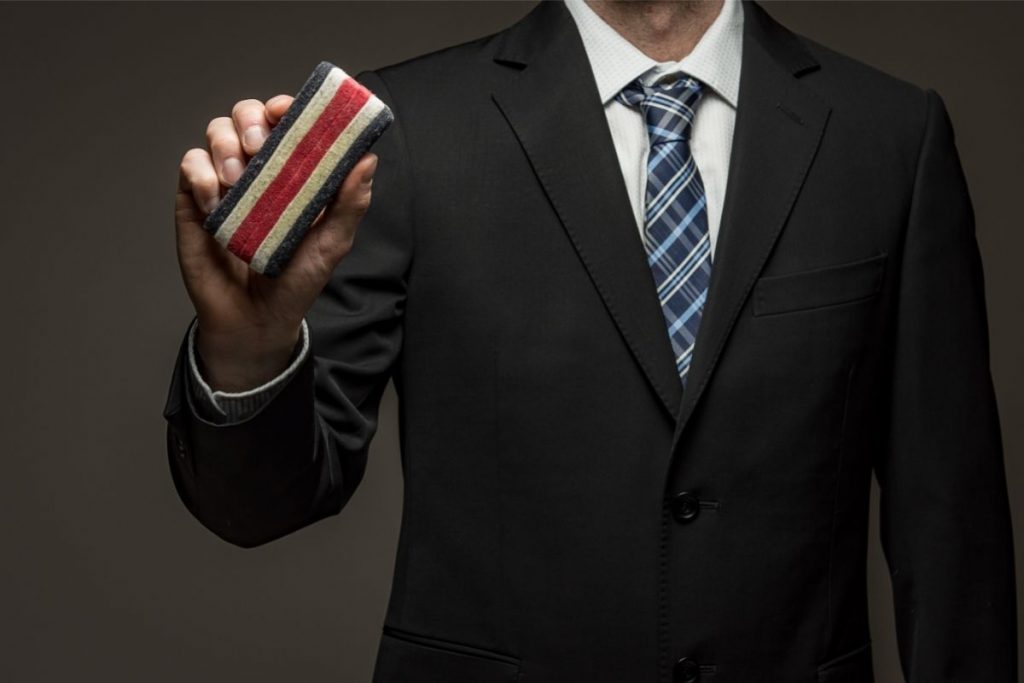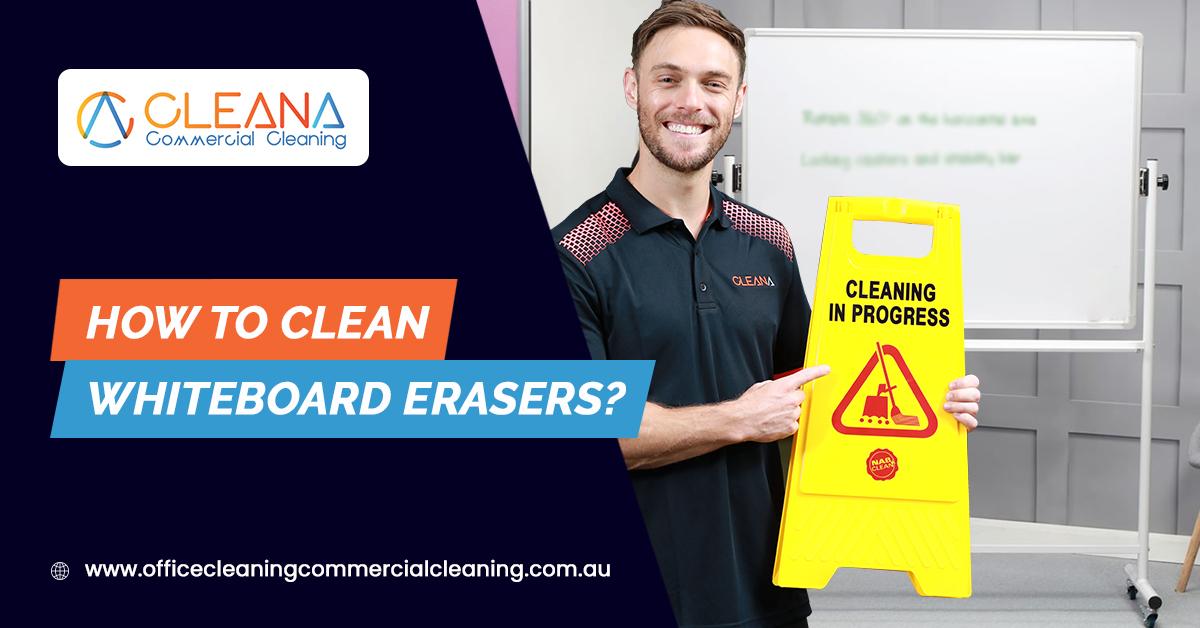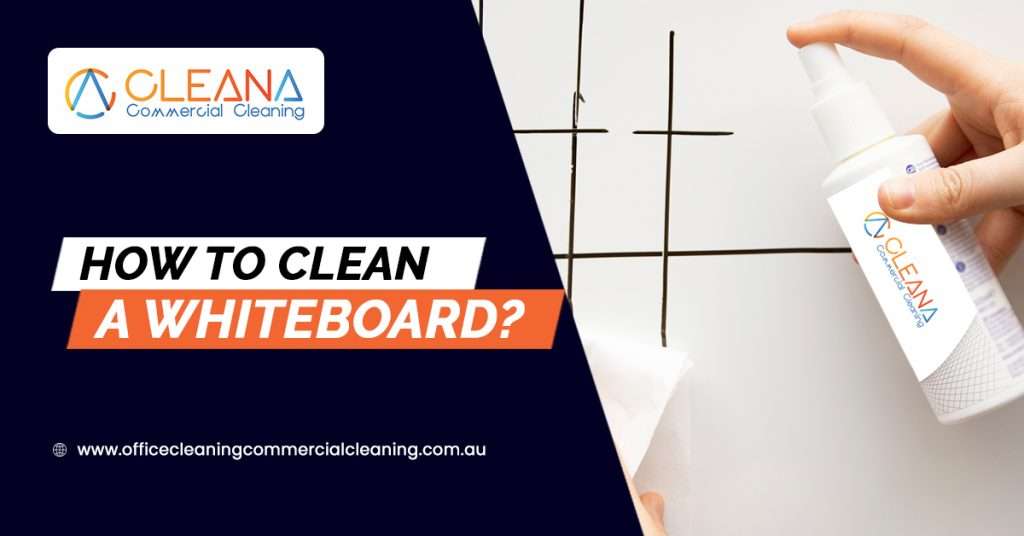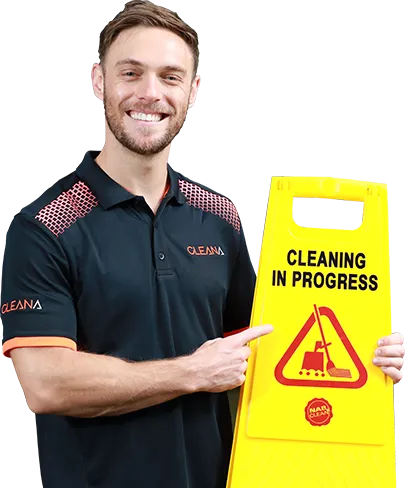If you have a whiteboard, whether it’s at home or in your workspace, and you make use of it on a regular basis, then you will definitely understand the importance of keeping it clean.
If not, all the drawing on it and erasing eventually turns it into an absolute mess of faded colors and stains.
And it’s not just the whiteboard that you have to clean either, it’s the eraser! Especially because an eraser that is dirty won’t properly erase the whiteboard, instead it will just…dirty it more.
We have noticed that, once a whiteboard eraser gets super dirty, and is no longer useful, most people get frustrated and throw it away, resigning themselves to buying a new one.
But here’s the thing, you can just clean it similarly to commercial cleaners! Sure, it means acknowledging when it starts to become dirty, and doing something about it. But once you get into the habit of cleaning it, you will save yourself a lot of hassle, and some money!
The question is, of course, how to clean a whiteboard eraser. Do you just stick it under some water and scrub it? Do you need a specific product? And how do you know when a whiteboard eraser needs cleaning in the first place?
Don’t worry, we’re going to answer all of these questions, and we’ll give you plenty of tips on how to clean your whiteboard erasers. So if that sounds like something you might want to know, stick around and keep reading!
Step-By-Step Guide On How To Clean A Whiteboard Eraser?
Cleaning a whiteboard eraser is quite an easy task, and it really shouldn’t take you too long. That being said, it is important that you clean the eraser regularly so that it is not too far gone with too big an amount of dirt on it.
First of all, we’ll tell you what you’re going to need. And honestly, you won’t need to buy anything in particular, because the products and items needed can easily be found in almost any house:
- Some water
- A soft brush
- Paper towels or cloth
- Some mild detergent
Now, as to the actual steps for the process of cleaning the whiteboard eraser, here is what you need to do:
- First of all, take the brush and use it on the whiteboard eraser. Most of the dirt, which is leftover particles of the markers used on the board, can be brushed off pretty easily. Just grab the eraser firmly in one hand, and use the brush in the other with back-and-forth motions, until you get as much of the dirt out as possible.
- After step one, there are two options, to continue with a deeper clean, or to leave it at that. If the eraser wasn’t too dirty, brushing it will usually be enough for it to be usable once more. But if you want the deep clean, then on to the next step!
- Create a solution of warm water and mild detergent. Make sure the detergent is indeed mild, as anything too abrasive might damage the whiteboard eraser and render it unusable!
- Dip the brush in the solution, and then use it to brush at the eraser once more. We recommend using circular motions, from top to bottom, so that the solution is properly applied to the eraser, and soaks it all in. This should help loosen the dirt that remains so that it can then be brushed off with ease.
- When you’re done, rinse the whiteboard eraser under some cold water.
- Place the whiteboard eraser on some paper towels or cloths, so that they absorb the excess water. You might have to use several paper towels until they stop getting wet and therefore the eraser is no longer leaking.
- Finally, leave the whiteboard eraser to air dry, and once it is completely dry it will be ready to be used again! (You might have to brush the eraser -with a dry brush- in order to get it back to its original appearance)
And that’s all there is to it! If doing this doesn’t get rid of the dirt, then it could be that your whiteboard eraser is a little too far gone and it needs replacing. But as a general rule, even just brushing should be more than enough!
Tips And Tricks For Cleaning Whiteboard Erasers

At the beginning of this article, we promised some tips for cleaning your whiteboard erasers, just so that you can make sure you get them nice and clean, and can then continue on using them for a long time.
So…here they are:
- Do not use hot water! This will be too aggressive on the fabric of the eraser, and will likely damage it. Only use slightly warm water, and when rinsing it make sure you use cold water.
- Whiteboard erasers can only be cleaned a couple of times before they become damaged and unusable, so you should only clean them when it is truly necessary. After a few cleans, you will have to replace the eraser.
- Do not use any harsh chemicals, as they will absolutely damage the eraser. Mild detergent, if anything, is all you should use.
When Should You Clean Your Whiteboard Eraser?
Now that we have told you how to clean a whiteboard eraser, you might be wondering when exactly you should be cleaning it, and how often.
And the truth is that you should not be cleaning it often at all. In fact, you should only clean the whiteboard eraser when it is absolutely necessary and needs to be cleaned in order to continue being of use.
This is because, as we have already mentioned, whiteboard erasers will suffer damage with every clean, so after a couple of cleans they will be too damaged to continue being used.
There is no way to avoid this, as it is just how the erasers are designed. Usually, people replace them without even cleaning them once, so by cleaning them a few times you are at least extending their usage by a bit!
So as to when you should clean your whiteboard eraser, it should be only when they are so dirty that they no longer effectively erase the whiteboard.
Like when you try to erase, but the eraser just causes smudges or further stains, since it’s so full of dirt.
And as to how often…as few times as you can. There are limited cleans you can give it before it stops working completely, so you’ll want to extend the lifespan by cleaning only when strictly necessary.


